- Locksmith & Home Security Technician
- Getting a career diploma in as little as 2 months.
- Gain experience with practical exercises and interactive assignments.
- Learn how to identify, create, and duplicate keys.
- Learn to work with several types of locks including safes, valuts, and auto.
- and more...
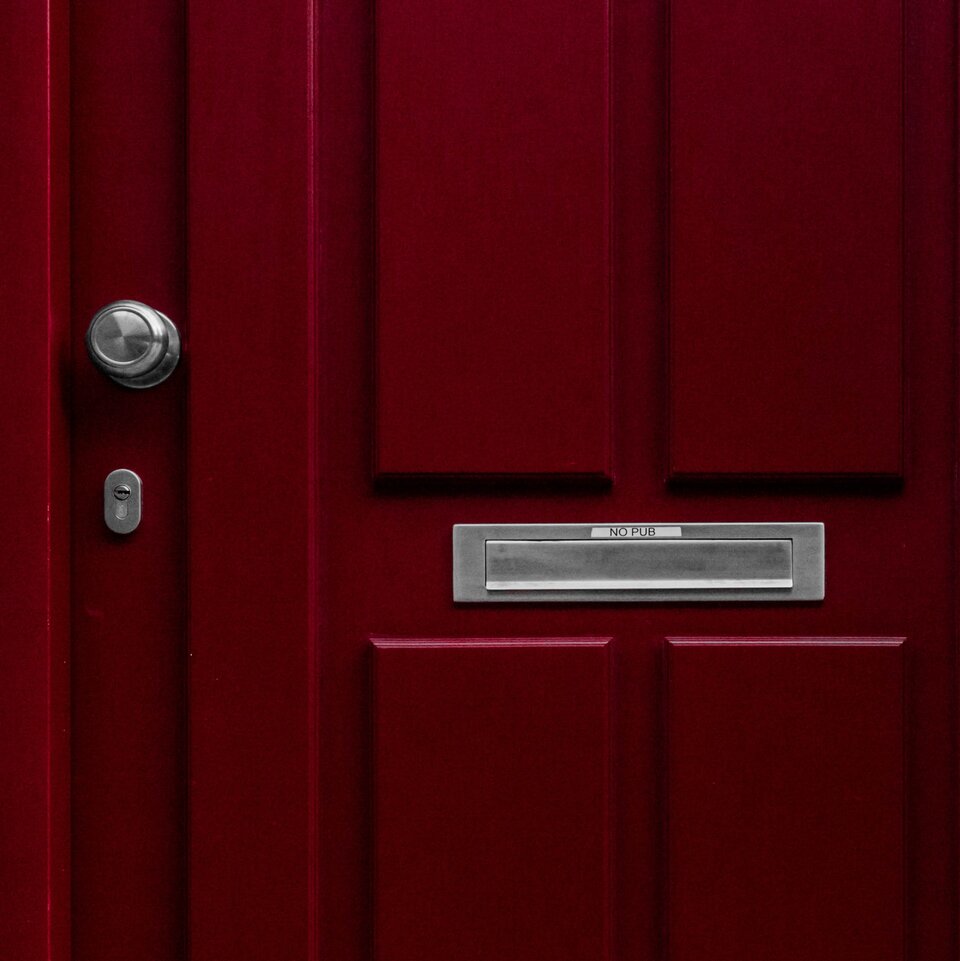
One instant, you are doing something about the house, and the next moment, you lock yourself out of the room.
There is no way of predicting when you might face this situation, but it can happen at any time.
The most menacing of it all is when you forget the key to open it.
I listed a few lockpicking methods you can use that will not damage your door’s locking system, the frame, or the door.
Whether you lock yourself out or try to gain access to a door, you must know the right way to break a lock.
Read these methods to avoid any grave emergency.
You can try one of these lockpicking tips before you call a locksmith.
But, before we move on, you must not use these methods to break into someone else’s house.
Breaking is only a misdemeanor, but you can go to jail for it.
You will only use these lockpicking techniques to unlock your property or help someone with their permission.
Or, there is an emergency, and this is your only option.
Table of Contents
Pick the Lock
Lock picking is the most famous method of opening a lock.
It imitates how the key works.
Familiarity with the different parts of the lock and how it works in sync with unlocking the door will help you when you need it.
To begin, grab your Allen wrench and slip the shorter end into the bottom part of the keyhole.
Somewhat flex the wrench in the clockwise motion.
You must apply a little pressure to the wrench when you do this.
Hold the wrench in place while you slip a bobby pin to pick the lock.
Lightly lift the bobby pin back and upward.
If this motion does not open the door, move the pin in a circular motion.
Slightly increase the pressure on the wrench until the lock shifts.
This method is uncomplicated but takes tolerance and time to practice.
If you are always caught in this situation, purchase a lock-picking set.
Use an Improvised Key
If you’re unlocking a door with a spring lock, here are a few improvised keys you can use.
Remember, you can’t use these techniques for deadbolts.
Take note that some doors with more complicated keyholes can also be opened by bypassing the keyhole.
Butterknife
While using a knife may sound extreme, or destructive, a carefully utilized butterknife can carry out the end goal.
A butter knife can handle various types of locks.
Let’s take the household bathroom door as an example.
The typical door lock has a simple flat keyhole.
Place the tip of the type in and turn it clockwise will instantly do the job.
You can also use a coin to do this.
If you see enough gap between the door and door jam, you can slide a thin knife with a flexible blade up until you find the bolt.
Push the knife in, and attempt to get it around the bolt.
Apply pressure on the lock and push it back.
You may need to tilt the knife to find a suitable angle for moving the latch.
You may slide the blade several times into the latch until it retracts and the door swings open.
Just like the credit card, it will only work when the slant of the latch is facing you.
Credit Card
Using a credit card to unlock a door is one of the oldest tricks in the book.
While it may seem impossible, using the correct method will open your door.
You have to do this several times to succeed.
Use a cheap and bendy laminated card you don’t mind breaking.
To begin, slip the card between the lock and the door frame.
Bend it back to push the lock.
More often than not, this will work.
However, if there is no space between the lock and the door, try quickly swiping the card downward, angling the card toward the frame just above the latch.
Swiftly swipe downward, pulling the card toward the frame.
You should feel the door unlock.
The only problem with this technique is that many new locks have shimming resistance latch.
Check the door before pulling out the credit card.
Spam Key
Spam key is a great improvised tool alternative you can try.
You generally use this for wringing open anchovies, sardines, spam, and other metal food can.
This technique is no rocket science, and you may have to play with your lock a few times before succeeding, but it works.
Screwdriver
We all agree that there are no visible screens on the front door lock.
But, this is not the case with indoor locks.
Remember that even the most modern locks have visible screws.
If your lock is stuck and won’t open, use a screwdriver.
Then again, not all doors are easy to access.
Some doors just have an extra layer of protection.
If this happens, find out what type of lock you have.
You can research it online so you will see the basics of the locking mechanism
A flathead screwdriver will do to access the mounting mechanism and the screws beneath.
Regular Lock Using a Screwdriver
- Look for that tiny hole in the knob and insert the flat head screwdriver.
- The hole must be small and thin enough to fit the screwdriver inside the hole.
- Thrust it until you get the end of the lock.
- Once you have positioned it correctly, do the next step.
- If it is a push-button lock, push forward until you hear a click.
- If this does not work, then you have a turn-style lock.
- Turn the screwdriver to open it.
- The lock will open if you successfully fit the screwdriver is inside the lock’s slot.
Regular Lock Using a Screwdriver
You may need a Philipps screwdriver or a flathead screwdriver.
If you pick a privacy lock, a small flathead screwdriver that fits inside a small hole will do.
Use a Philipps screwdriver for removing the mounting screws.
A flathead screwdriver is ideal for removing the cover plates.
It is also essential for taking off the door’s hinges.
- Insert the flathead screwdriver at the bottom of the keyhole and turn clockwise.
- Apply the right amount of pressure when the screwdriver is in position.
- Consistently maintain the pressure.
- Place the rake above the screwdriver.
- If you do not have the rake tool, bend a bobby pin.
- Ensure that the rake tool is inside the lock.
- Scrub the lock pins using the rake.
- Move the rake back and forth.
- You have to adjust the angle of the rake tool to move all the lock pins.
- When you hear the clicking sound, the pins are successfully open.
Push the Spring Lock
Lockpicking mimics how the standard key works.
Lockpicking sets are essential to get the job done.
They come with various rakes and hooks to pick any lock style.
Always choose a high-quality set for efficiency and maximum durability.
Make sure you know how to use it.
In essence, you have to be knowledgeable about the various parts of your lock, and how they work.
This technique requires focus and patience.
You can try these alternatives if you don’t have a lockpicking stick.
Allen Wrench
Allen wrench is one of the best objects to unlock a door.
An Allen wrench is also called a hex key or Allen key.
You can use a grinder to shave metal off the wrench to make it smaller.
Insert the wrench into the keyhole to check how much more you require to whittle down.
Make sure it does not fit too tightly in the keyhole, as this will keep the door from opening.
A hex key is a small tool to drive screws and bolts with a hexagonal socket.
Hex keys are available in different sizes, though they all have a hexagonal tip.
How to Use the Allen Wrench or Hex Key
Insert the tension wrench.
Press it along the base of the lock.
Apply tension the entire time you operate with your pick.
Or, you may have to do it again.
If you are uncertain which direction to rotate the tension wrench, put it in the lock and twist one way.
Remove the pick fast while listening to the lock.
When you turn in the correct path, you will hear the pins fall.
Insert the pick above the wrench.
Use the pick to find and thrust each pin up and out of the tumbler.
Once you release all the pins, the lock will open.
Remove the Hinges
If the lock fails to let you inside your house, remove the hinges.
This approach may sound complicated, but it is one of the best ways to open the lock without damaging the door.
Insert the screwdriver between the top and bottom pinhead and the knuckle.
You can use the mallet to tap the screwdriver handle to wedge it down.
It will loosen the pinhead so you can remove the pins readily.
Pull the pin and set it aside.
Repeat the with all the hinges.
Do not lose the pins.
Once they are out, you can push the door open from the latch.
If you are lucky to have the hinges on your side of the door, you have an easy entry.
You can remove the hinges of most doors using a screwdriver and a hammer.
Take note that for your security, the hinges should never be on the outside of any door.
Remove the Door Knob
Another way to open an interior door with a low-security doorknob is to remove it and disassemble the lock.
Inspect if the screws are uncovered.
If they are, you’re lucky.
Just pull the out then dismantle the knob and lock.
If you can’t see the mounting view, dismantle the knob to reveal it.
When you find them, pull them to access the locking mechanism.
Shift the lock away from the doorjamb and you can open the door.
If you disassemble the doorknob properly, you can put the pieces back after you unlock the door.
Drill the Lock
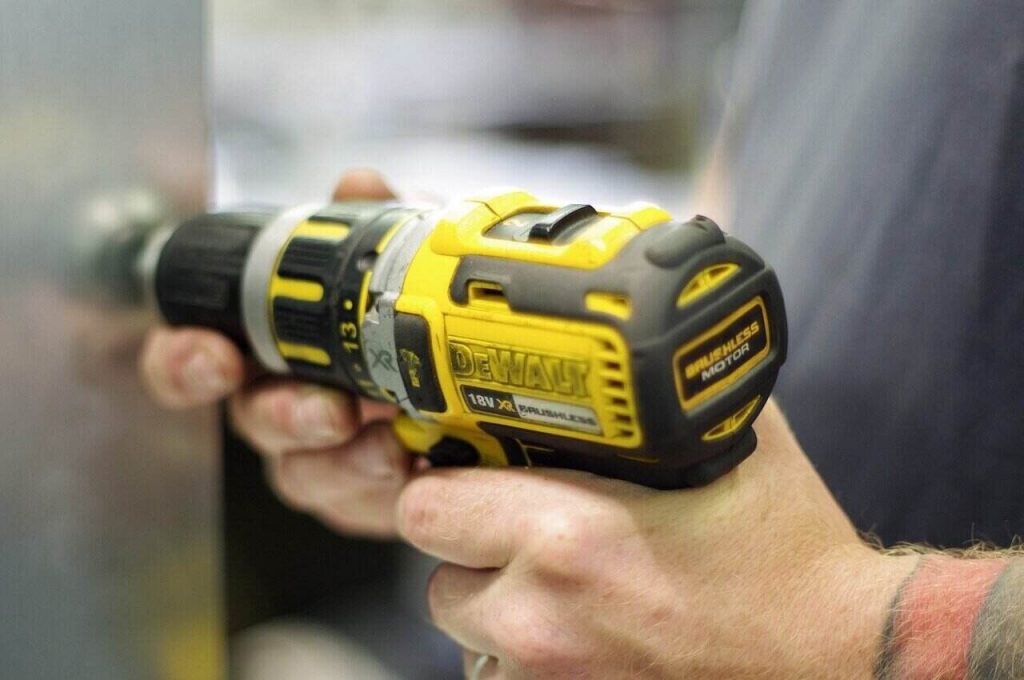
Ramming or kicking your door down could be your only option you have an emergency and you can’t open the door without a key.
Kicking your door may harm your foot, but it will get the job done.
Likewise, ramming the door will only work if your body weight is sufficient to wield force to open the door.
If both or one of those methods works, you will leave your door beyond repair.
However, if kicking the door is not your style, you can drill the lock.
This option is more subtle and much cheaper.
Drill the lock before drilling around it.
If you want to do it right, start by drilling the keyhole.
Don’t push too hard.
Figure out which drill bits to use to suit the materials to make the lock.
Lubricate the bits before drilling and throughout the process.
Insert a flat screwdriver into the drilled hole and pry the lock’s internal cylinder.
Take note that this process will harm the components of your lock, but not your door.
Only do this if someone needs immediate assistance and as a last option.
You will need an eye shield to protect yourself from any flying metal.
Call a Locksmith?
If all else fails, call a residential locksmith.
Locksmiths are not the cheapest option, but calling an expert locksmith is a surefire way to get back into your home.
This service costs anywhere from $30 to $60, depending on your circumstances.
But, this is the best option in bad weather and emergency.
A residential locksmith is an expert in breaking and creating locks for your home.
They could make a copy of your key if you lost the original.
Nonetheless, a residential locksmith has the tools to unlock your lock without damaging your door.
Always endeavor to avoid damaging the lock, and call a locksmith if all else fails.
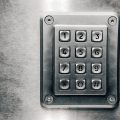
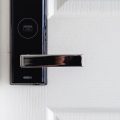
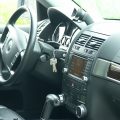
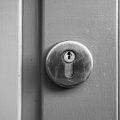
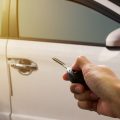

Leave a Reply